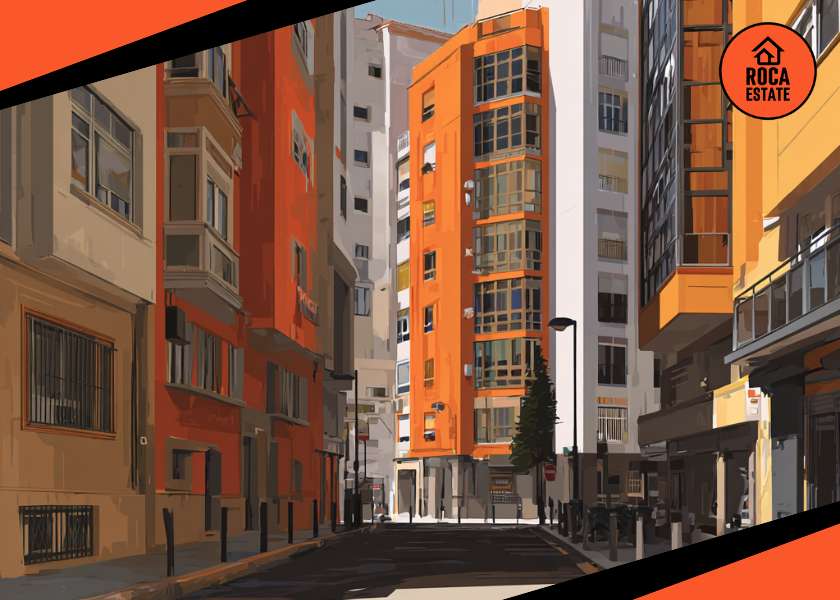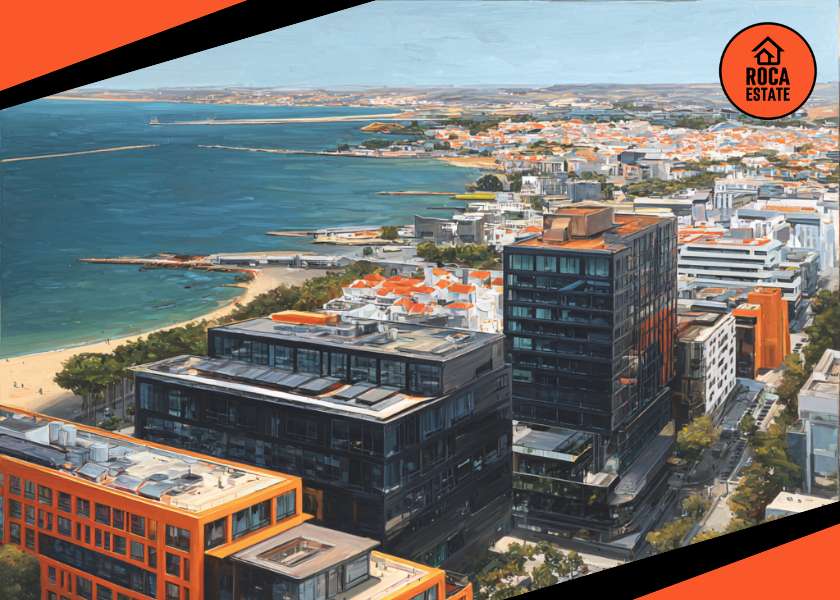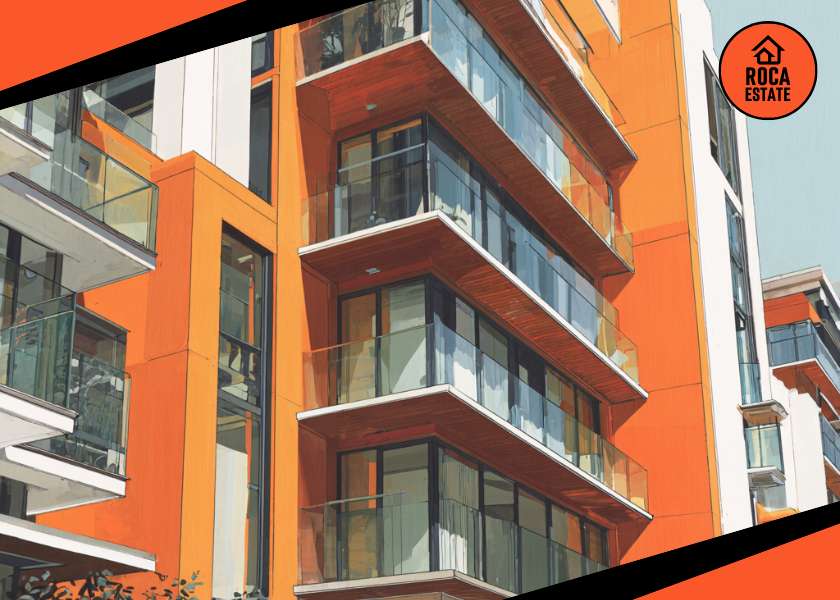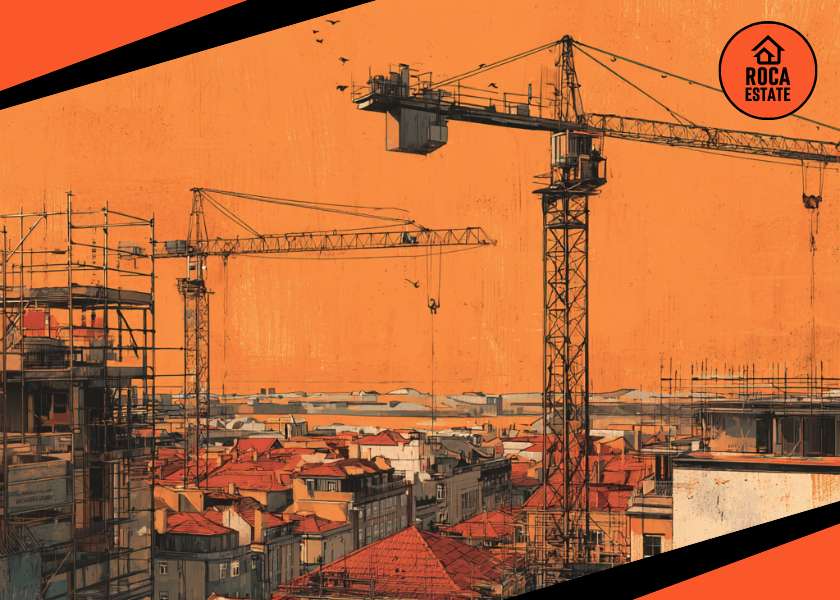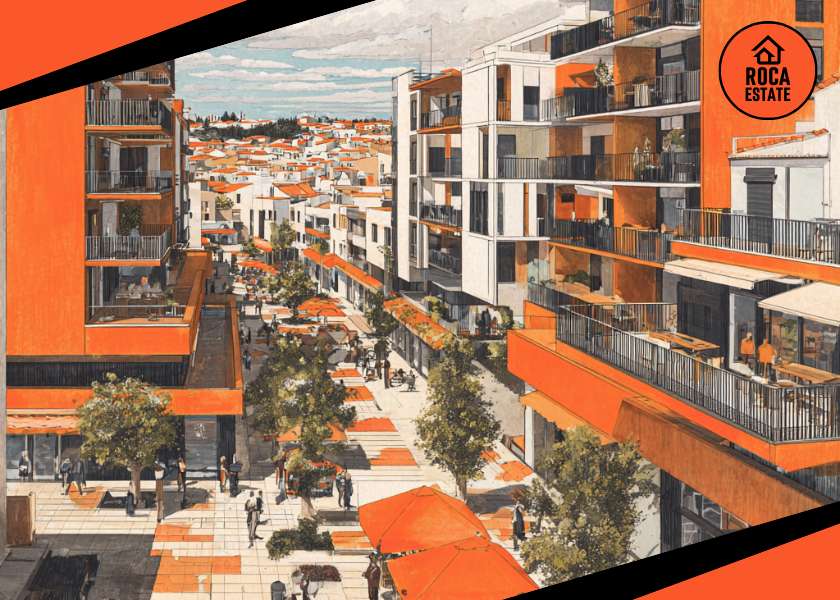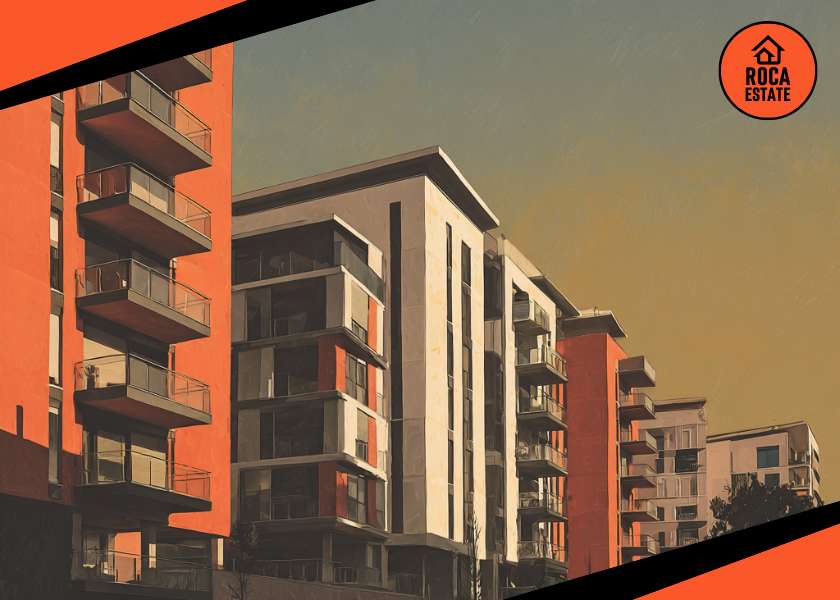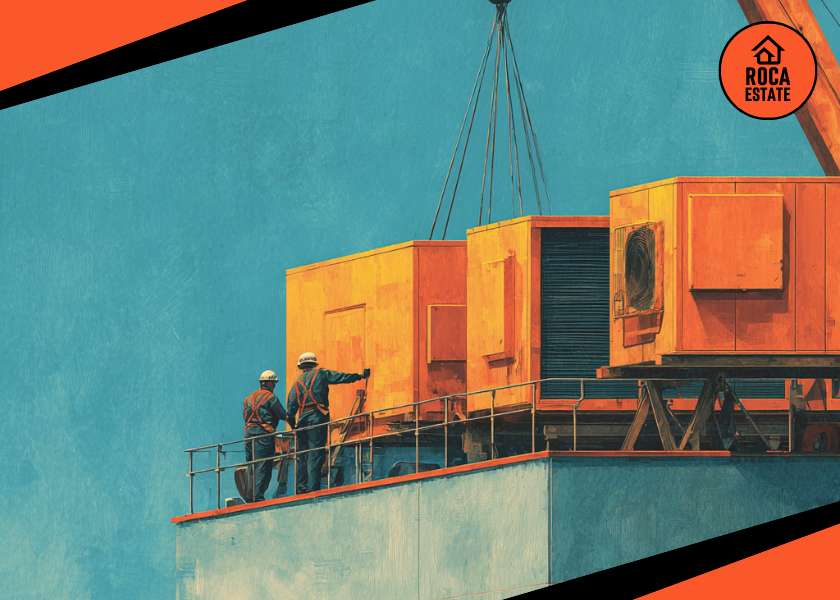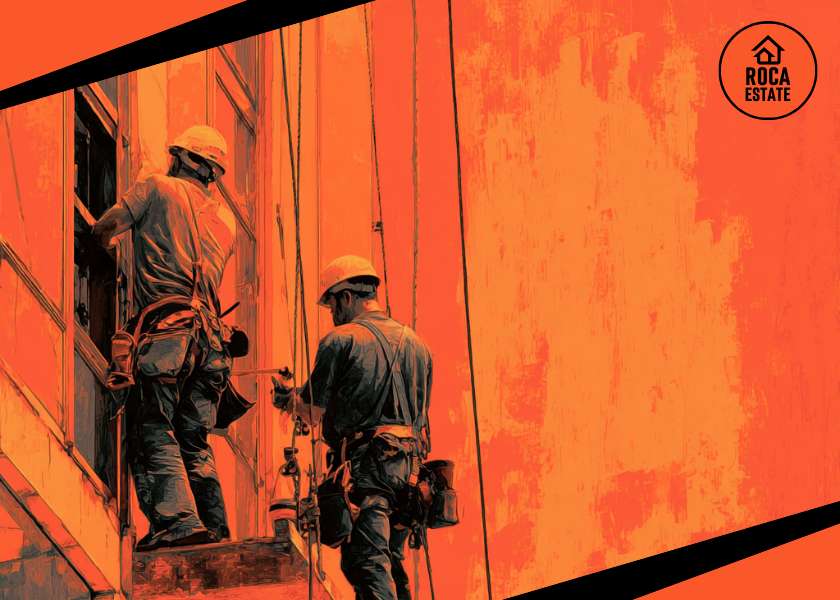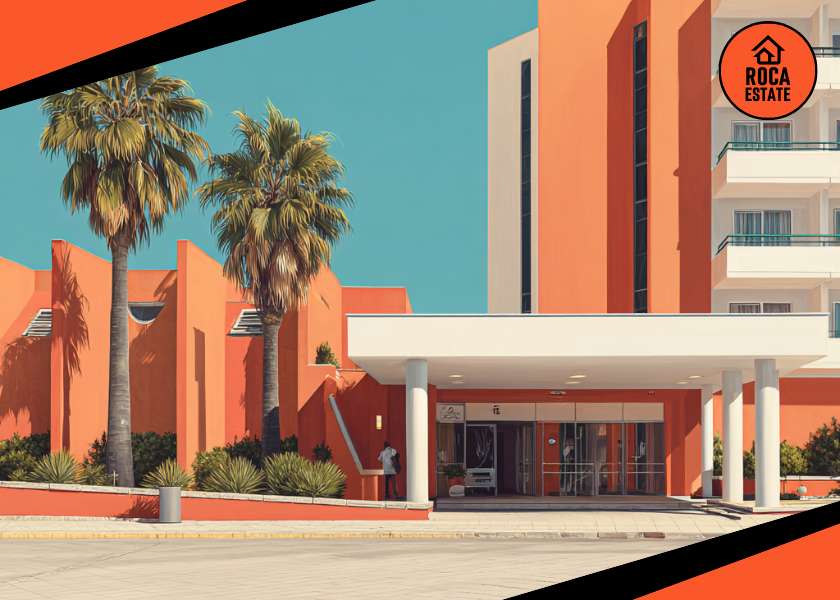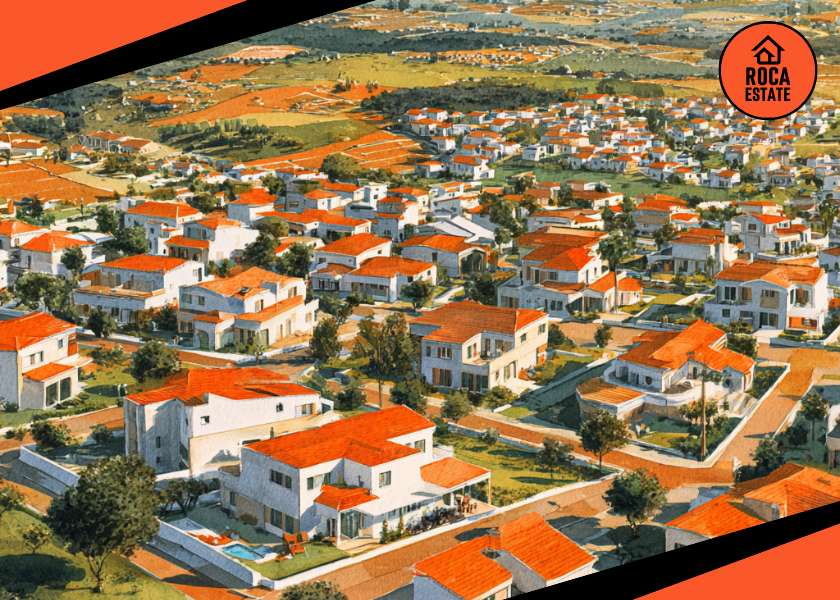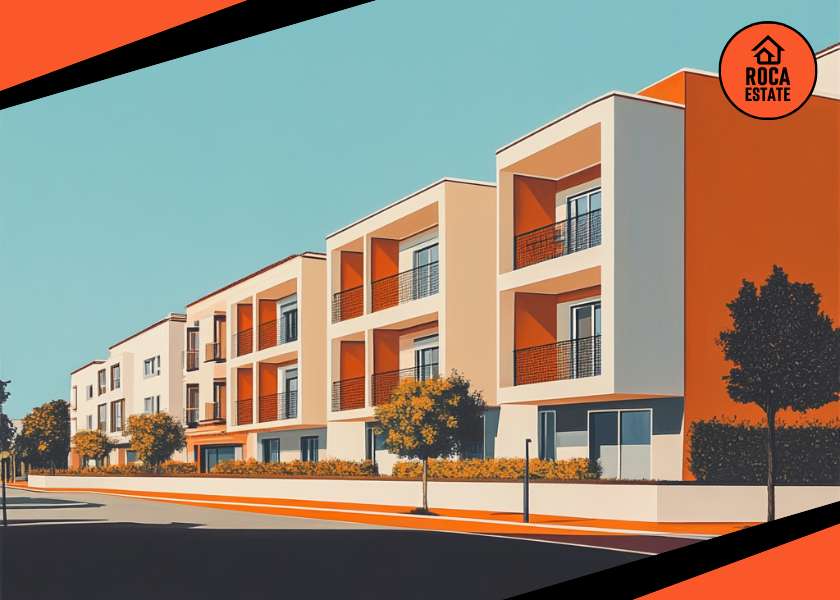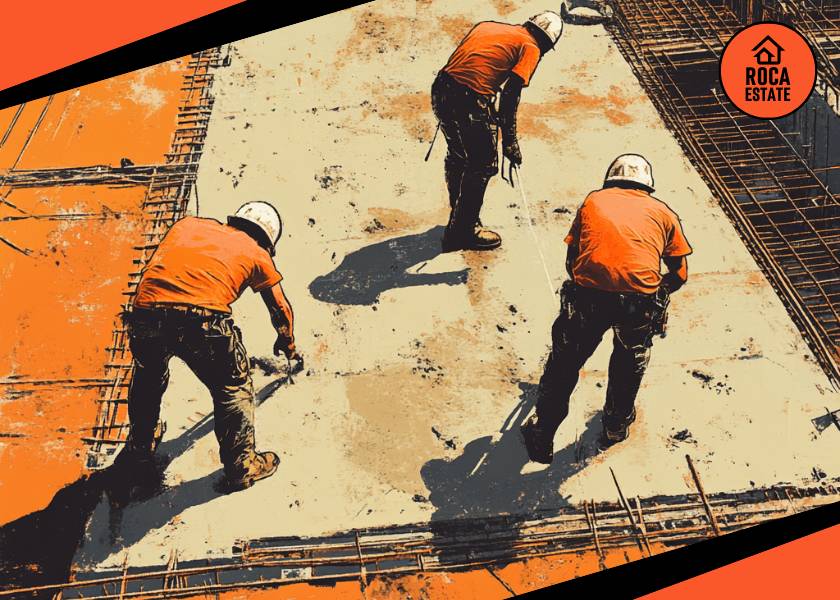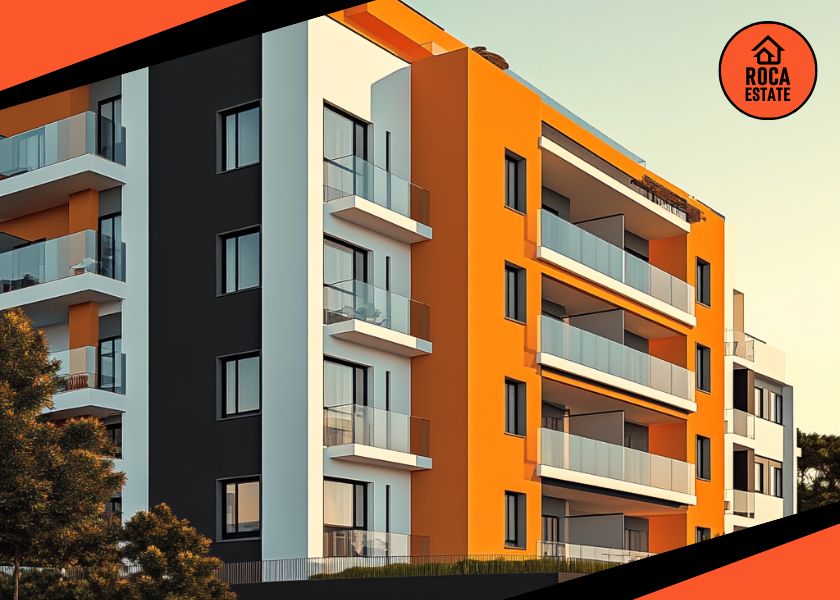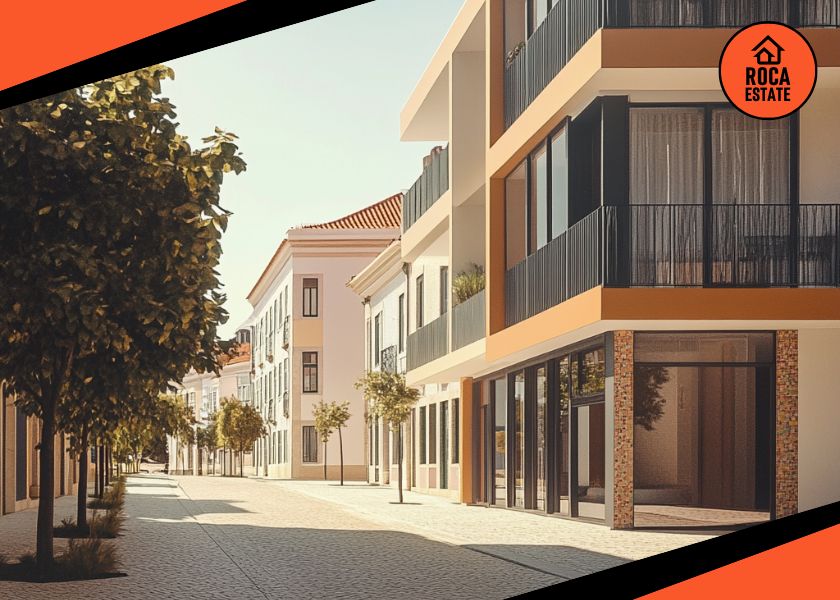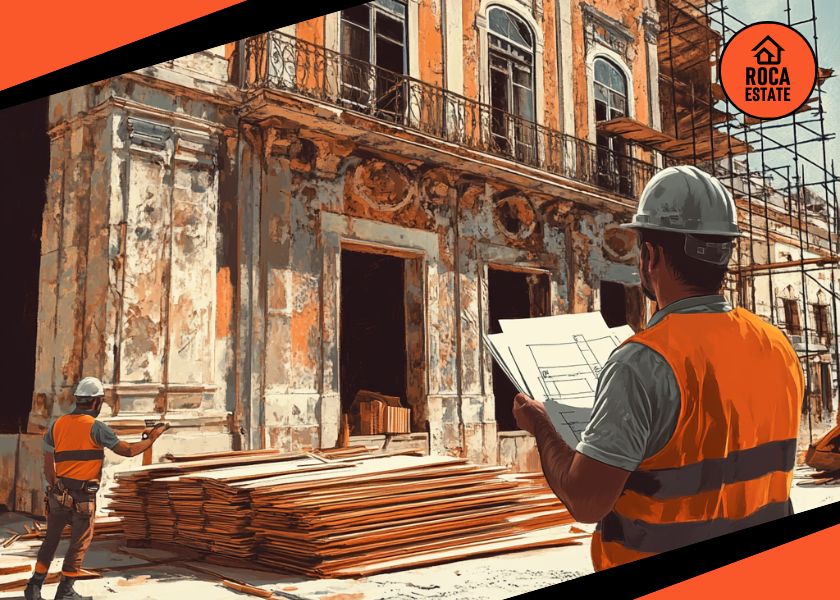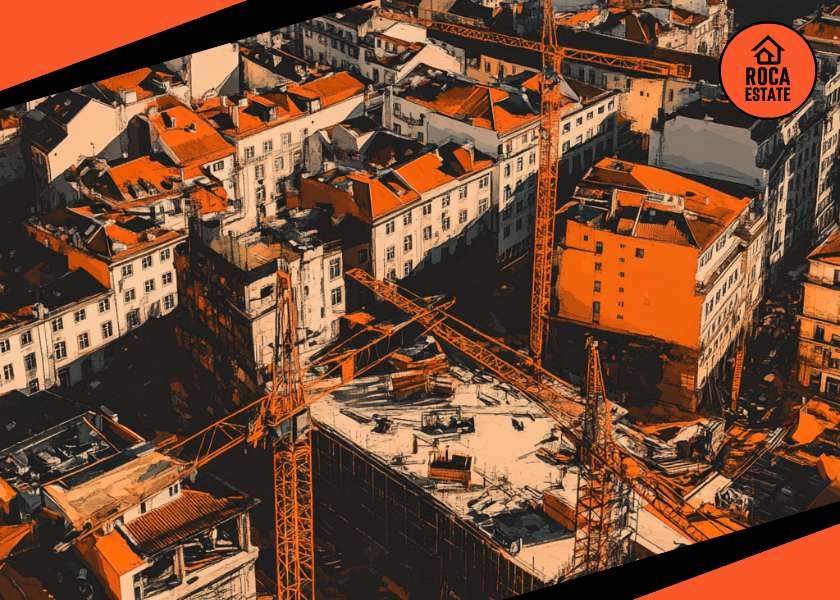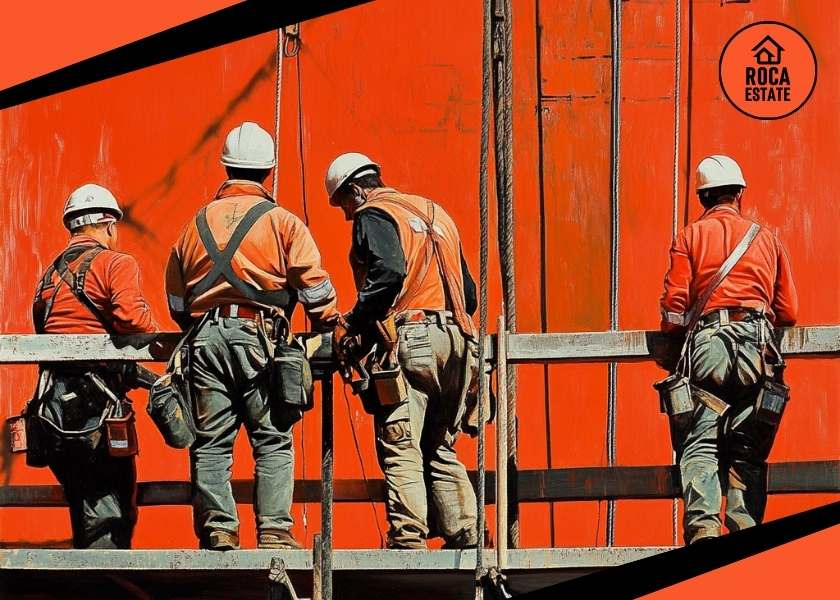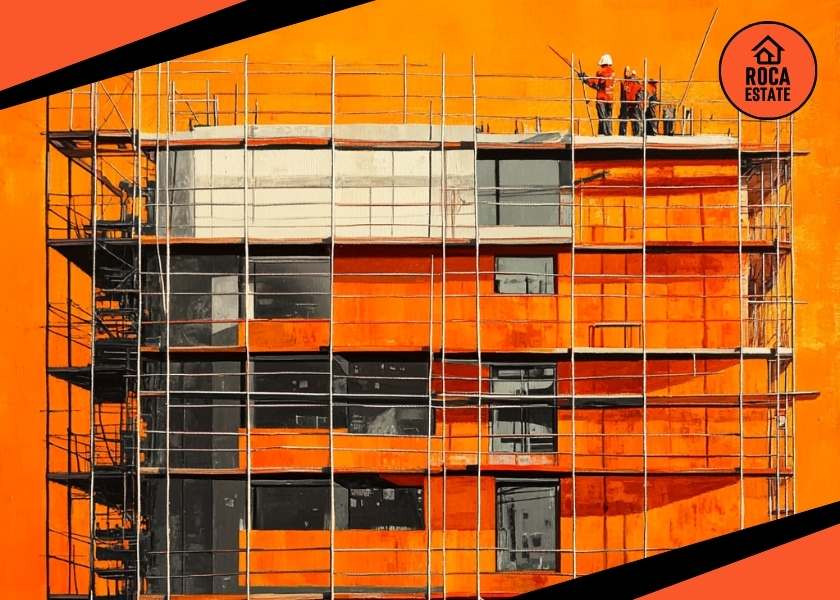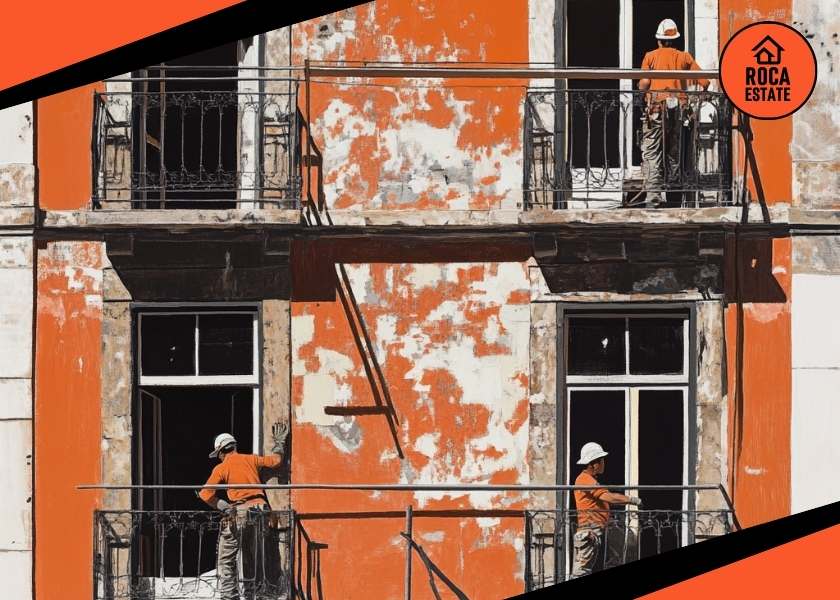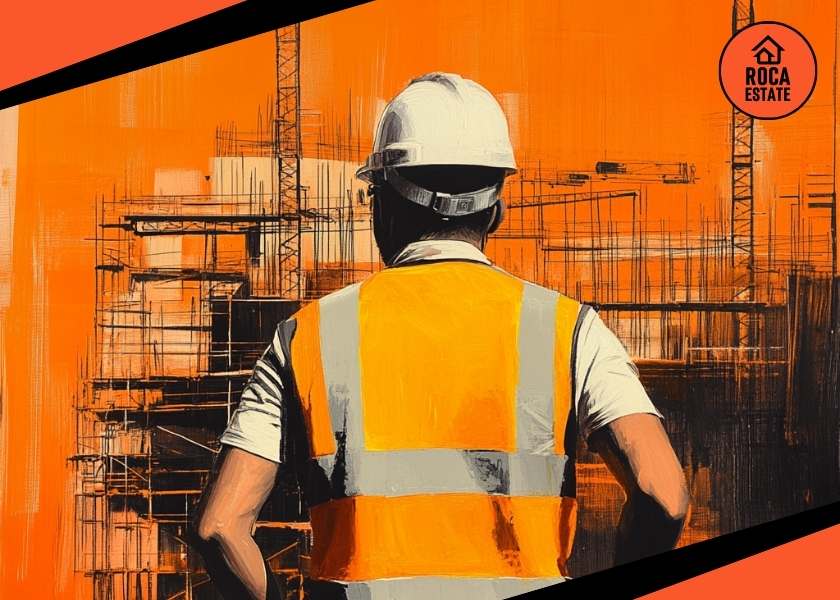As Portugal continues to capture the attention of global real estate investors, understanding the shifting landscape of construction costs is essential for informed decision-making. The Construction Cost Index for New Housing (CCINH), a critical monthly metric, offers insights into cost dynamics for residential building projects. Here, we analyze the latest data for November 2024 and its implications for real estate investors.
Key Highlights:
- Overall Construction Costs: Construction costs increased by 3.4% year-on-year in November 2024. While this reflects a substantial rise, it marks a slight deceleration from October’s 4.1% growth.
- Labor Costs: Labor costs continue to drive the increase, surging by 8.1% compared to the same period last year.
- Material Costs: In contrast, the cost of materials declined by 0.3%, continuing a trend of stabilization or mild contraction seen in recent months.
Labor vs. Material Costs: A Divergent Path
The divergence between labor and material costs underscores two distinct forces shaping the Portuguese construction market:
- Rising Labor Costs: Labor cost growth remains persistently high, reflecting wage pressures and skill shortages in the construction sector. This trend aligns with broader European labor market dynamics and adds a layer of cost predictability for developers.
- Declining Material Costs: The slight decrease in material costs suggests easing supply chain disruptions and commodity price stabilization. However, this benefit is largely offset by labor-related inflation.
Trends to Watch
- Stabilizing Growth Rates: The November year-on-year increase of 3.4% represents a moderation from earlier months, signaling potential stabilization. For investors, this could suggest a more predictable cost environment in the medium term.
- Policy and Regulation Impact: Portugal’s alignment with European statistical and construction regulations adds credibility to the data while reflecting broader market trends influenced by EU-wide policy shifts.
- Seasonality: Seasonal adjustments to labor cost indices hint at recurring patterns, which savvy investors can leverage for project timing.
Investment Impacts
Real estate investors evaluating Portugal’s residential property market should weigh the following considerations:
- Budgeting for Rising Labor Costs: With labor expenses showing no signs of abating, investors must factor in higher workforce costs when planning developments or renovations.
- Opportunities in Material Procurement: The cooling material costs could create opportunities for cost savings, particularly for projects leveraging bulk purchases or innovative supply chain solutions.
- Market Stability: Despite fluctuations, the overall growth in construction costs aligns with Portugal’s stable and growing real estate market, underpinned by strong demand for housing from both local and international buyers.
Conclusion
The November 2024 Construction Cost Index highlights a nuanced picture for investors in Portugal’s real estate market. Labor costs are the dominant driver of rising construction expenses, while material costs provide a counterbalancing effect. For investors, this emphasizes the need for precise cost forecasting and strategic planning.
Portugal remains an attractive destination for real estate investment, with its robust housing demand and favorable economic conditions. By staying attuned to monthly cost trends like the CCINH, investors can navigate the complexities of the market with greater confidence and capitalize on opportunities for long-term growth.
Construction cost index for new residential dwellings
Rising construction costs highlight the importance of a well-defined strategy. Learn how our high-return value-add income approach helps investors navigate market fluctuations and secure profitable investment real estate in Portugal, even amid shifting development expenses.

